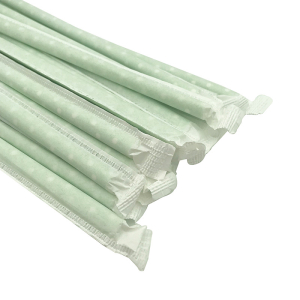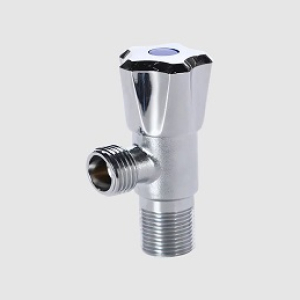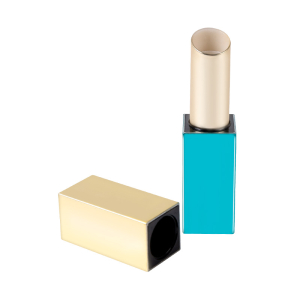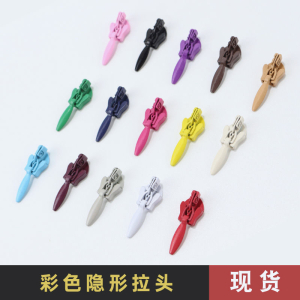Connector components are fundamental elements in electrical and electronic systems, ensuring reliable connections between different parts of a circuit. These components come in various shapes, sizes, and configurations, tailored to specific applications and requirements. The primary purpose of connector components is to provide a secure and stable link, facilitating the transmission of signals or power from one part of a system to another.
Common types of connector components include pins, sockets, housings, terminals, and contacts. Each plays a crucial role in the overall performance of the connector. Pins and sockets, for instance, are designed to mate with each other, creating a conductive path. The housing protects these connections, providing insulation and mechanical stability.
Connector components are used in a wide range of industries, from consumer electronics and automotive to aerospace and industrial machinery. Their design and material choice are critical, as they must withstand various environmental conditions, such as temperature fluctuations, moisture, and mechanical stress.
Proper selection of connector components is vital for ensuring the reliability and longevity of the connection. Factors to consider include the current rating, voltage rating, contact resistance, and environmental sealing. By carefully choosing the right components, engineers can design robust and efficient systems that perform reliably under different operating conditions.






